10 Best Herbal Tinctures For Rashes
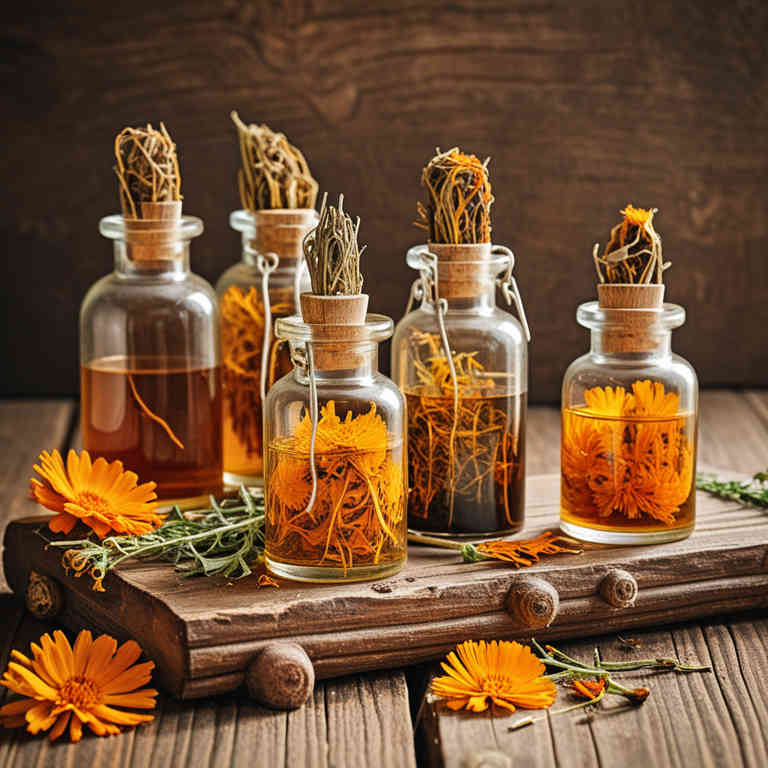
Herbal tinctures are concentrated liquid extracts made from various herbs, often used to treat skin conditions such as rashes due to their anti-inflammatory and antiseptic properties.
These tinctures can be applied topically to soothe irritation, reduce redness, and promote healing by leveraging the natural compounds found in herbs like calendula, chamomile, and St. John's wort. They are typically prepared by soaking herbs in alcohol or glycerin, allowing the active ingredients to dissolve and become more bioavailable for the skin. While herbal tinctures can be effective for mild rashes, it is important to consult a healthcare professional to ensure they are safe and appropriate for the specific type of rash and individual health condition.
Proper dilution and patch testing are also recommended to avoid potential allergic reactions or skin irritation.
FREE COURSE
How to make medicinal herbal tinctures for common ailments at home and in a weekend (using the Healing Drops System).

Table of Contents
1. Calendula officinalis

Calendula officinalis herbal tinctures are commonly used for their anti-inflammatory and soothing properties, making them a popular natural remedy for various skin rashes.
These tinctures are typically made by steeping dried calendula flowers in alcohol, which extracts the beneficial compounds such as flavonoids and triterpenes. When applied topically, calendula tinctures can help reduce redness, itching, and irritation associated with conditions like eczema, psoriasis, and insect bites. Their mild antiseptic qualities also support healing and prevent infection in minor skin wounds.
However, it is important to perform a patch test before use to avoid allergic reactions, and individuals with sensitive skin should consult a healthcare professional before incorporating calendula tinctures into their skincare routine.
2. Hypericum perforatum
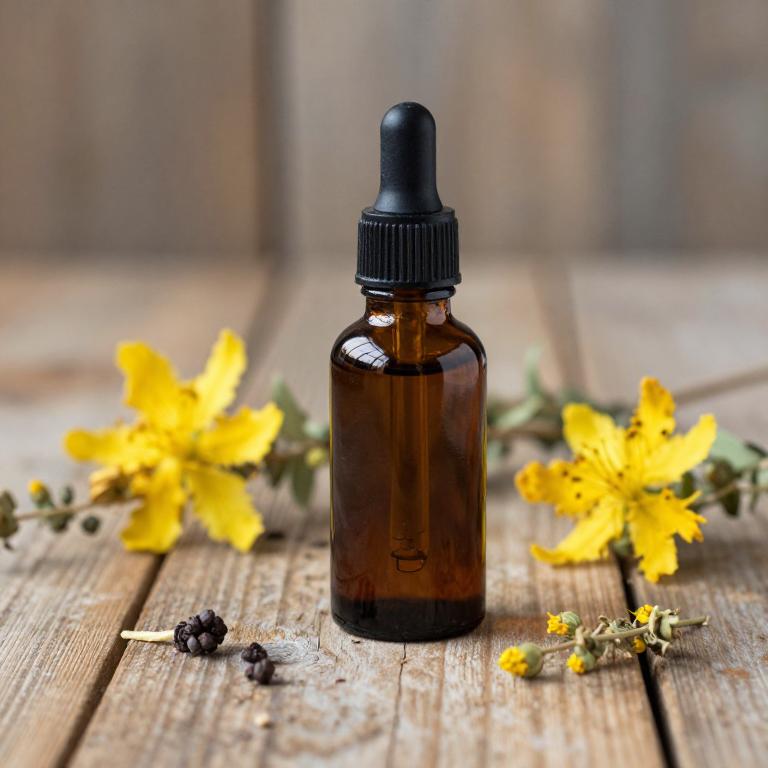
Hypericum perforatum, commonly known as St. John's Wort, is a herbal plant that has been traditionally used for its potential therapeutic properties.
When prepared as a tincture, it may offer relief for certain types of rashes due to its anti-inflammatory and antimicrobial properties. The tincture is typically made by soaking the dried plant material in alcohol, allowing the active compounds to be extracted. It is important to note that while some individuals may find it beneficial for skin irritation, it can interact with various medications and should be used under the guidance of a healthcare professional.
As with any herbal remedy, results may vary, and it is essential to consult with a qualified practitioner before use.
3. Aloe barbadensis
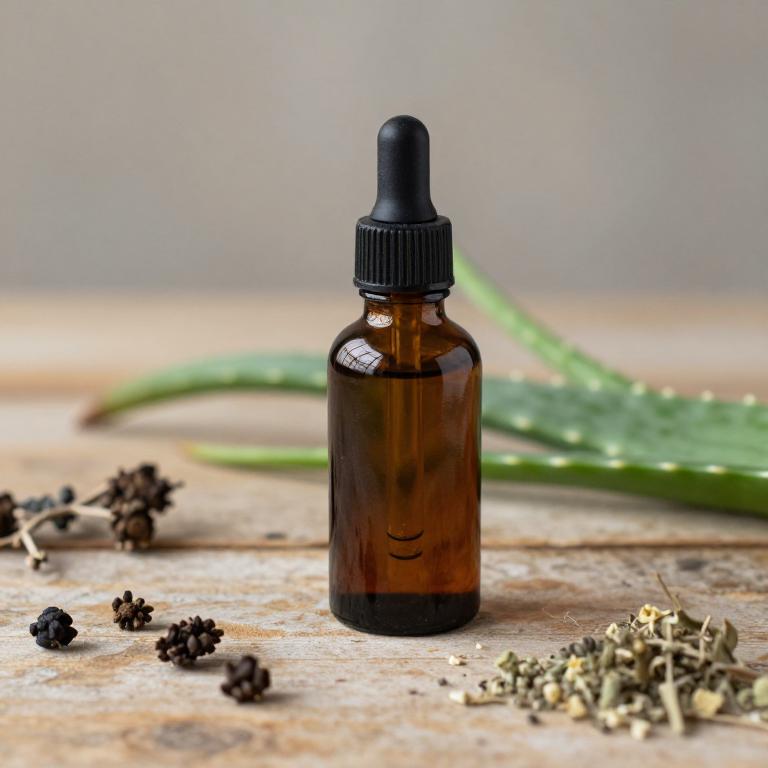
Aloe barbadensis, commonly known as aloe vera, has been widely recognized for its soothing properties and is often used in herbal tinctures to alleviate skin rashes.
These tinctures are typically made by extracting the gel from the aloe leaf and combining it with alcohol to create a concentrated form that can be applied topically. The anti-inflammatory and antimicrobial properties of aloe vera help reduce redness, itching, and irritation associated with various types of rashes. Additionally, the tinctures may contain other herbal ingredients that enhance their healing effects, making them a popular natural remedy.
When used consistently, aloe barbadensis tinctures can promote skin healing and provide relief from discomfort caused by rashes.
4. Chamomilla recutita
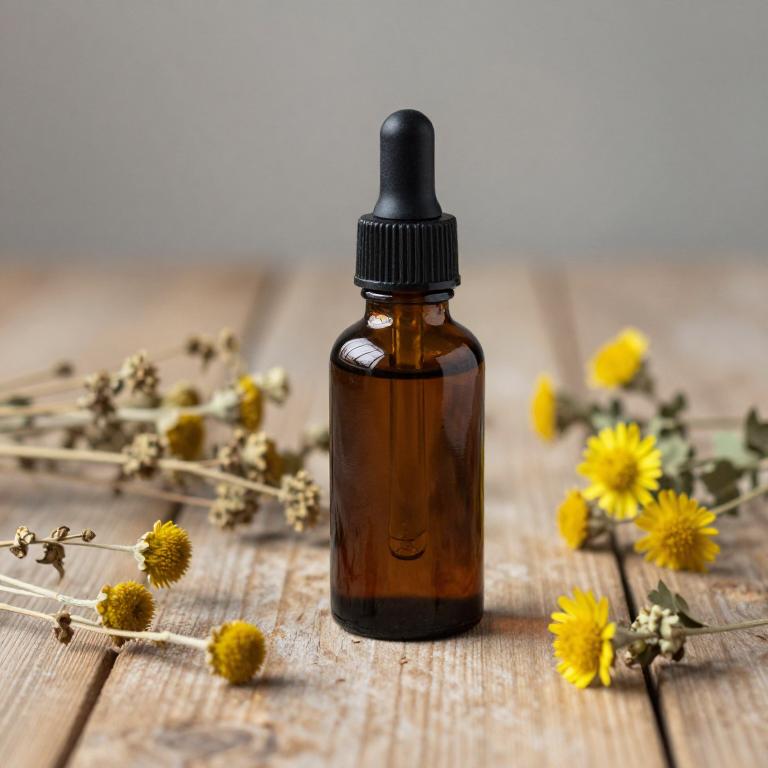
Chamomilla recutita, commonly known as German chamomile, is widely used in herbal tinctures for its soothing and anti-inflammatory properties.
These tinctures are often applied topically to treat rashes, eczema, and other skin irritations due to their ability to calm redness and reduce itching. The active compounds, such as chamazulene and bisabolol, contribute to its effectiveness in alleviating skin discomfort. When diluted properly, chamomilla tinctures can be safely used on sensitive skin, though a patch test is recommended before widespread application.
Overall, chamomilla recutita herbal tinctures offer a natural and gentle option for managing rash-related symptoms.
5. Urtica dioica
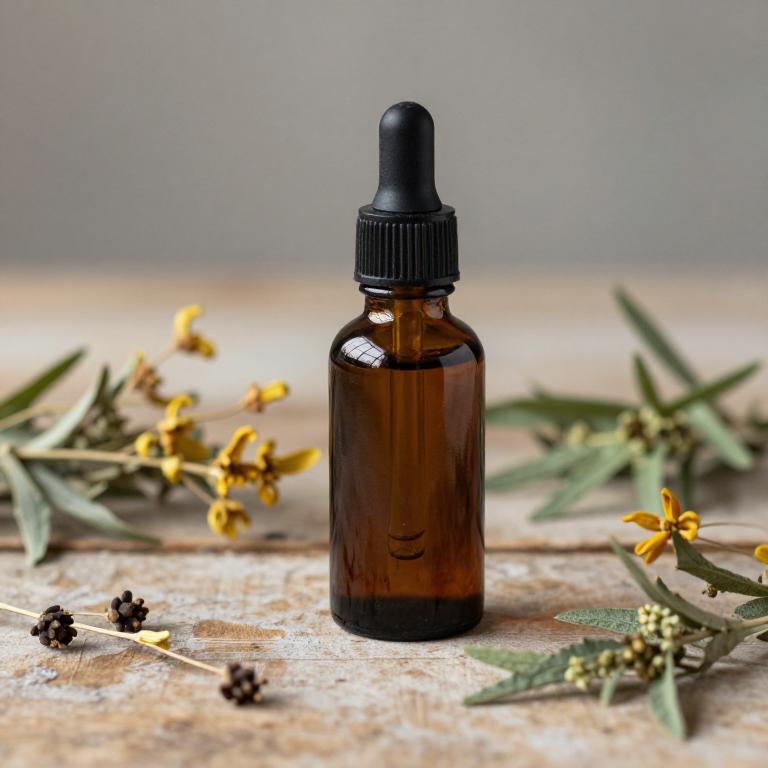
Urtica dioica, commonly known as stinging nettle, has been used for centuries in traditional medicine for its potential therapeutic properties.
Herbal tinctures made from Urtica dioica are often used to alleviate symptoms of skin rashes due to their anti-inflammatory and soothing effects. These tinctures are typically prepared by soaking the dried leaves in alcohol to extract the active compounds, such as flavonoids and alkaloids. When applied topically, they may help reduce redness, itching, and irritation associated with rashes.
However, it is important to consult a healthcare professional before use, as individual reactions can vary and some people may experience allergic responses.
6. Lavandula angustifolia
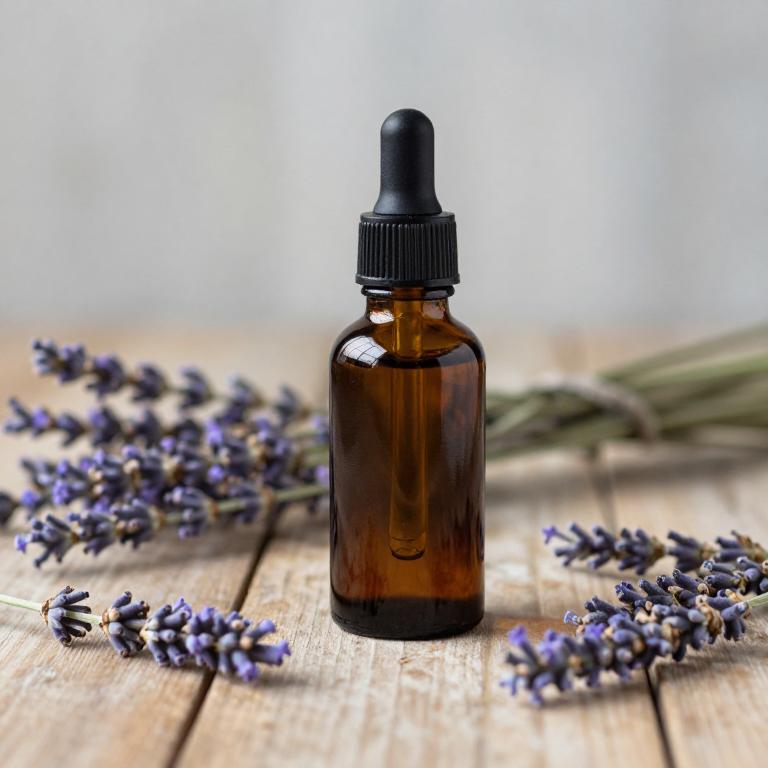
Lavandula angustifolia, commonly known as English lavender, is often used in herbal tinctures for its soothing and anti-inflammatory properties.
These tinctures are traditionally applied topically to alleviate symptoms of skin rashes, such as redness, itching, and irritation. The essential oils in lavender tinctures contain compounds like linalool and lavandins, which have demonstrated antimicrobial and calming effects on the skin. When diluted properly, lavender tinctures can be safely used as a natural remedy for minor rashes and eczema.
However, it is important to consult a healthcare professional before use, especially for severe or persistent skin conditions.
7. Echinacea purpurea
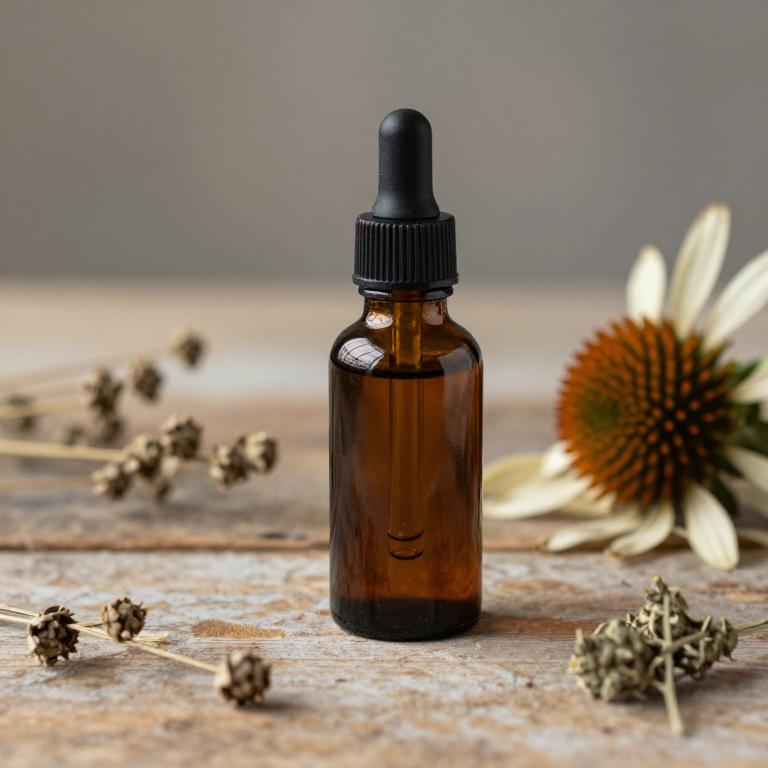
Echinacea purpurea, commonly known as purple coneflower, is a popular herbal remedy often used in tincture form to support the immune system and reduce inflammation.
When applied topically, echinacea tinctures may help alleviate symptoms of skin rashes by reducing redness, itching, and irritation. The active compounds in echinacea, such as alkamides and flavonoids, are believed to have anti-inflammatory and antimicrobial properties that can soothe irritated skin. However, it is important to dilute the tincture properly before applying it to the skin to avoid irritation or allergic reactions.
While some people find echinacea tinctures beneficial for mild rashes, they should not replace medical treatment for severe or persistent skin conditions.
8. Symphytum officinale
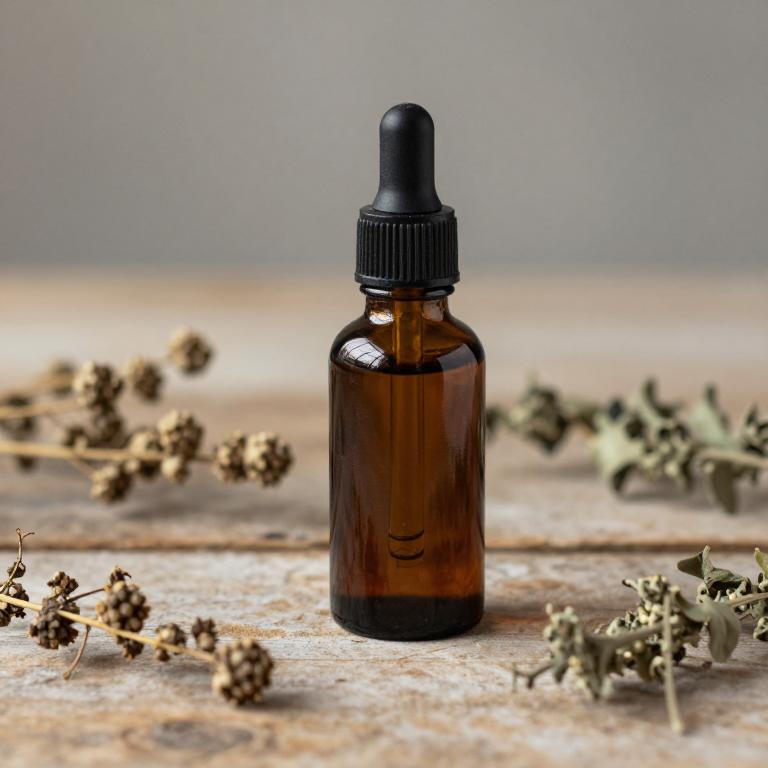
Symphytum officinale, commonly known as comfrey, is a traditional herb used to prepare tinctures that may help alleviate symptoms of rashes.
The tinctures are typically made by soaking the dried root or leaves in alcohol to extract its medicinal properties. These tinctures are believed to have anti-inflammatory and soothing effects, which can reduce redness, itching, and irritation associated with various types of skin rashes. However, it is important to note that comfrey contains allantoin and pyrrolizidine alkaloids, which may pose potential toxicity if used long-term or in high concentrations.
As a result, it is advisable to consult a healthcare professional before using comfrey tinctures, especially for prolonged periods or on sensitive skin.
9. Rosa canina
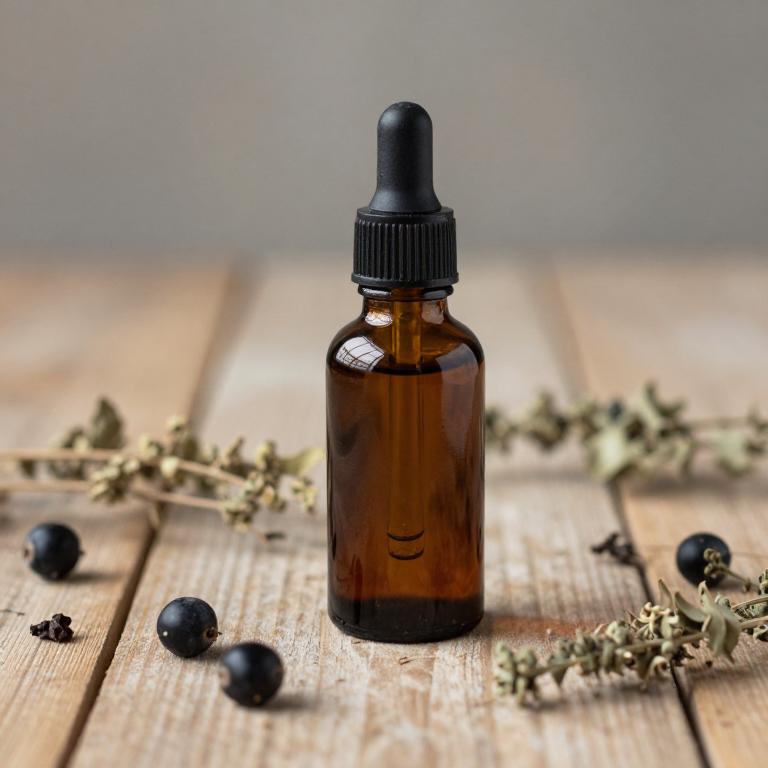
Rosa canina, commonly known as dog rose, has been traditionally used in herbal medicine for its soothing and anti-inflammatory properties.
Rosa canina herbal tinctures are often employed to alleviate skin rashes due to their high content of vitamin C, antioxidants, and essential fatty acids, which can help reduce redness and irritation. These tinctures may support the healing process by promoting skin regeneration and enhancing the body's natural defenses. They are typically prepared by soaking the dried rose hips in alcohol, allowing the beneficial compounds to be extracted over time.
When used externally, Rosa canina tinctures can provide a natural alternative for managing mild to moderate skin irritations and rashes.
10. Camellia sinensis
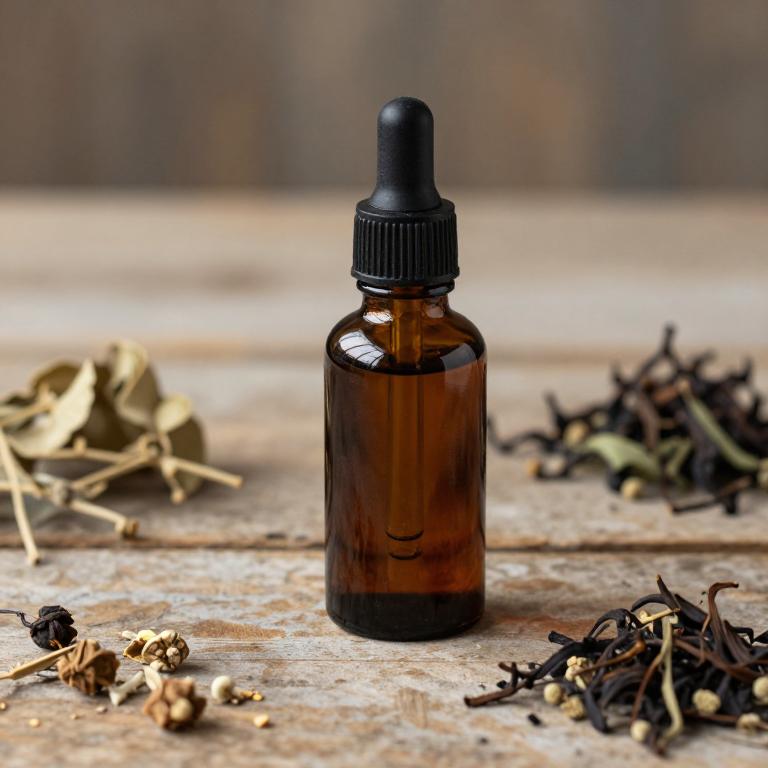
Camellia sinensis, the plant from which green and black teas are derived, is also used to make herbal tinctures that may offer relief for certain skin conditions, including rashes.
These tinctures are typically prepared by soaking the dried leaves in alcohol to extract their active compounds, such as polyphenols and antioxidants. The anti-inflammatory and antimicrobial properties of Camellia sinensis tinctures may help reduce redness, itching, and irritation associated with rashes. However, it is important to consult with a healthcare professional before using these tinctures, as they may interact with other medications or cause allergic reactions in some individuals.
While preliminary research suggests potential benefits, more clinical studies are needed to fully understand their efficacy and safety for treating rashes.